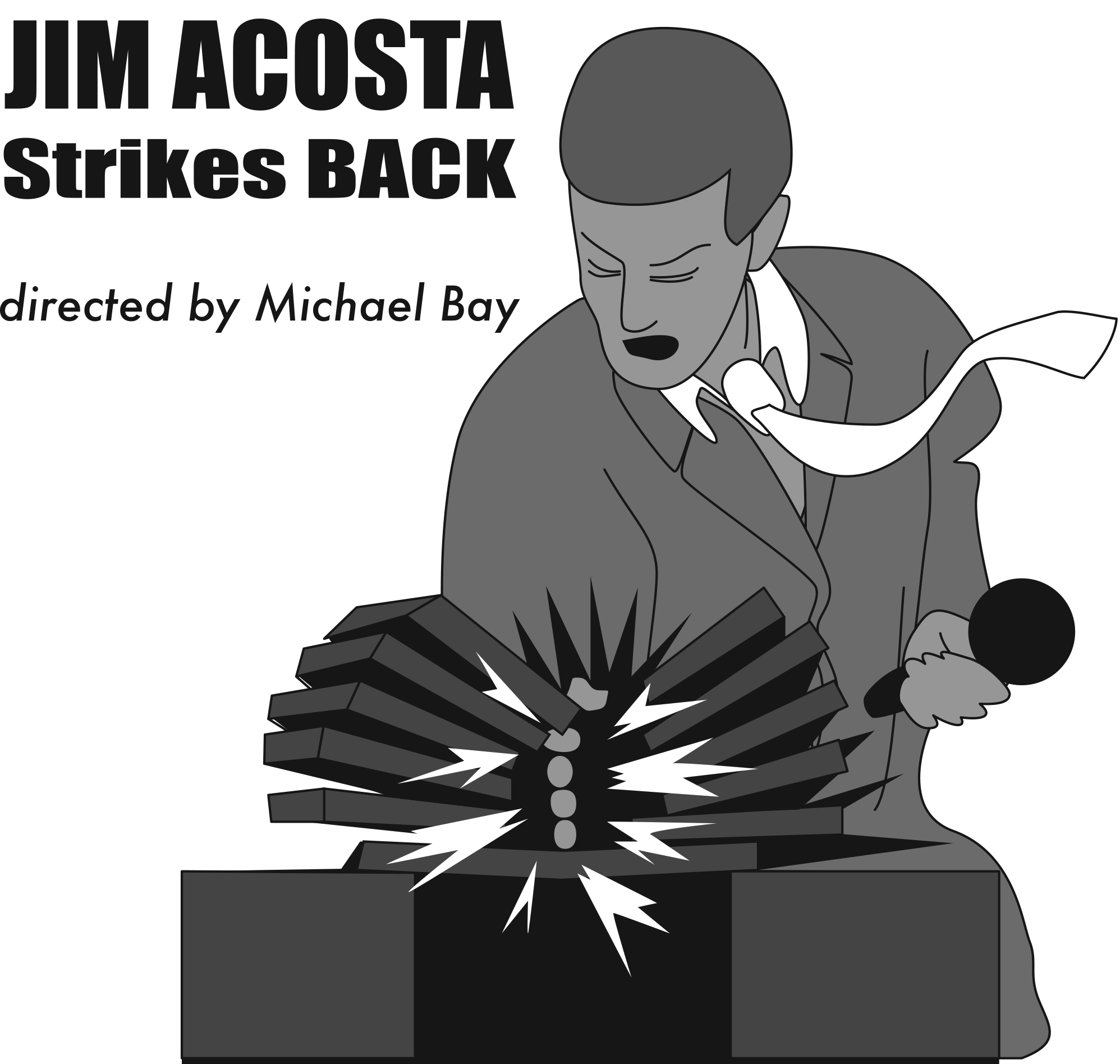Acosta “deepfake” video challenges White House honesty
By Matthew Cardoza
kmcardoza13@gmail.com
The main highlight of President Donald Trump’s press conference that took place the day after the historic 2018 midterm elections was an heated verbal exchange between the President and CNN Chief White House Correspondent Jim Acosta.
Their exchange escalated to the point where a White House intern attempted to grab the microphone out of Acosta’s hand, which then led Acosta to instinctively brush her off and continue asking questions. This exchange was controversial in of itself, but soon gained another controversy when Press Secretary Sarah Huckabee Sanders posted a video of the exchange to her Twitter account.
The video, matching the one posted from far right conspiracy website Infowars.com, made it seem that Acosta dealt a physical blow to the intern while she tried to grab the mic from him.
This caused confusion amongst the public, with side-by-side comparisons of the orignal video and the one Sarah Sanders posted only fueling the speculation of Sanders’ video being doctored.
It turned out that Sanders posted a video of a gif taken from a video, which when converted loses frames, giving the impression that it’s faster than it actually is. This predicament is only a small taste of what may come in an age where deepfakes are becoming the norm.
The term “Deepfake” combines the words deep learning and fake, and is an artificial intelligence system that superimposes videos and images onto a subject in a video format. It gives the impression that someone is saying or doing something they aren’t in an effort to parody the subject in the video, or in worst case scenarios, smear the subject.

Deepfakes started out from people online trying to make it seem like celebrities such as Emma Watson, Gal Gadot, and many others were engaging in sexual acts that they didn’t actually partake in. People then made Deepfakes of other celebrities and even famous political figures like Trump and former president Barack Obama.
This technology can have serious consequences, as journalist Jon Christian of the Outline noted in his article centering around the topic, saying that this technology: “Could down the road be used maliciously to hoax governments and populations, or cause international conflict”.
It’s not far-fetched to think that this technology can be used by powerful influencers. For example, the state run media in China unveiled its first AI reporter. This reporter is based on a real life reporter, but uses deepfake technology to say whatever the government wants them to say.
The Jim Acosta video is child’s play compared to what could happen if this deepfake technology gets in the hands of the bad guys. We as the people need to remain ever critical of videos seeking to highlight people in negative lights. We as a society need to be ever mindful of who sources are and what purposes they have, even members of the White House.

White House press briefing protocol is that if the President asks to move to another reporter,
they move to another reporter. The aide was doing her job moving the mic to the next reporter.
Acosta hijacking the protocol was wrong, as was the description of the aide being “hit”.
Acosta doesn’t run the briefing, he is attending because he was allowed to attend.
The briefings are not required by law and the protocols must be followed by attendees.
Anyone that wants to hold the meeting hostage can do so simply by refusing to give up the microphone?
The aide was following protocol, when her boss says move along, she gives the microphone to someone else, when Acosta refused, he opened the door for expulsion.